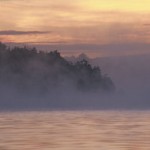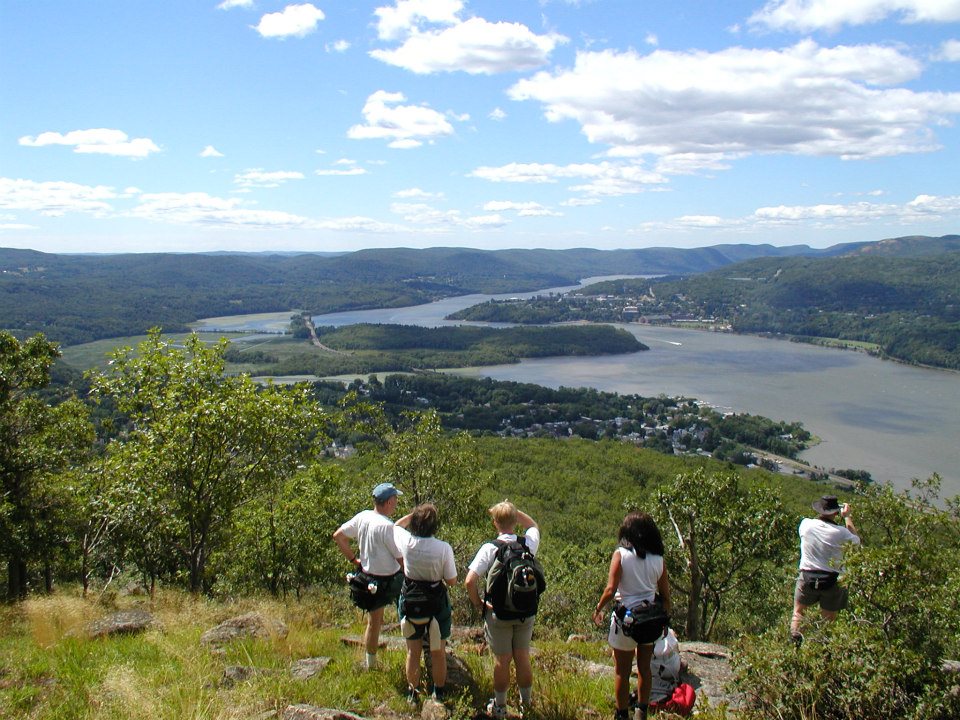By Paul Bray

Credit: Rensselear Plateau Alliance
When David Sampson was director of the Hudson River Greenway, he would say that Troy in Rensselaer County is Albany’s Georgetown (referring to Georgetown in Washington, D.C.). As much as I like Troy, I thought it was a bit of stretch. Yet each time I go to Troy from my home in Albany, I increasingly see what Sampson was talking about, as Troy has character, some top quality urban housing and neighborhoods, and walkability.
Now I see something else very special in Rensselaer County: the Rensselaer Plateau. This eastern portion of Rensselaer County is our region’s Adirondack Park.
The plateau has 105,000 acres and is approximately 10 miles wide and 30 miles long. It is 25 percent of the county’s land area and is the fifth largest forest in our state. It is a scenic and recreational area for the whole Capital Region, with opportunities for hiking, bird-watching, boating, swimming, mountain biking, cross-country skiing, fishing and hunting on public land on the plateau and where private landowners allow it. The plateau is significant in at least two ways — its natural and heritage resources, and its locally initiated comprehensive regional approach to conservation.
Its rich natural resources include contiguous northern forest unbroken by roads and homes, the headwaters of seven watersheds, interesting geologic formations and extensive wildlife. The Audubon Society has designated the plateau as an important bird area because it supports forest breeders including at-risk species like the wood thrush, northern goshawk and Canada warbler.
Its heritage features include the remnants of abandoned farms and mills. Many stone walls that separated fields remain, along with some high bush blueberries that were once a cash crop.
The plateau includes all or part of 10 rural towns and has many small land owners. It is not easy to have partnerships in this mix that can set mutual priorities, share resources and collaborate effectively. Zoning to manage land uses is rare and generally viewed as a threat by small landowners.
In the 1980s, I received a call from an official of one of the towns in the plateau, asking for help. Someone from Westchester County wanted to develop a trailer park in the caller’s town. I asked if the town had zoning or subdivision regulations. The answer was “no.” I was asked if I could I still help. I pointed to some state laws and regulation relating to land use, and it turned out to be enough to hold off the trailer park.
I was able to help another plateau town without zoning in the next year, but I told the official I would not do this again if his town and neighboring towns were not willing to do comprehensive planning and adopt zoning and planning laws.
In light of my experience with the plateau towns, I was impressed when I learned that a grassroots organization, the nonprofit Rensselaer Plateau Alliance, had organized and successfully engaged public and private stakeholders in a comprehensive approach to foster conservation across property lines and political jurisdictions. So far, the alliance, with support from the state Department of Environmental Conservation, has gotten the plateau designated as a Forest Legacy Area by the U.S. Forest Service. The Forest Legacy Program helps protect participating forest lands from conversion to non-forest uses.
The plateau is one of 165 conservation initiatives in the Northeast, from West Virginia to Maine, applying “a whole systems, large landscape approach” as part of a project by the Regional Plan Association. We are seeing a change in focus from state parks that are gated and publicly owned to protected and managed landscapes that are “vital for managing watersheds and habitats and addressing long-term issues like climate change” as well as meeting recreational needs. What’s happening on the plateau is a good example of the new holistic, participatory approach to open space.
First published in the Times Union (Albany New York) December 8, 2013



